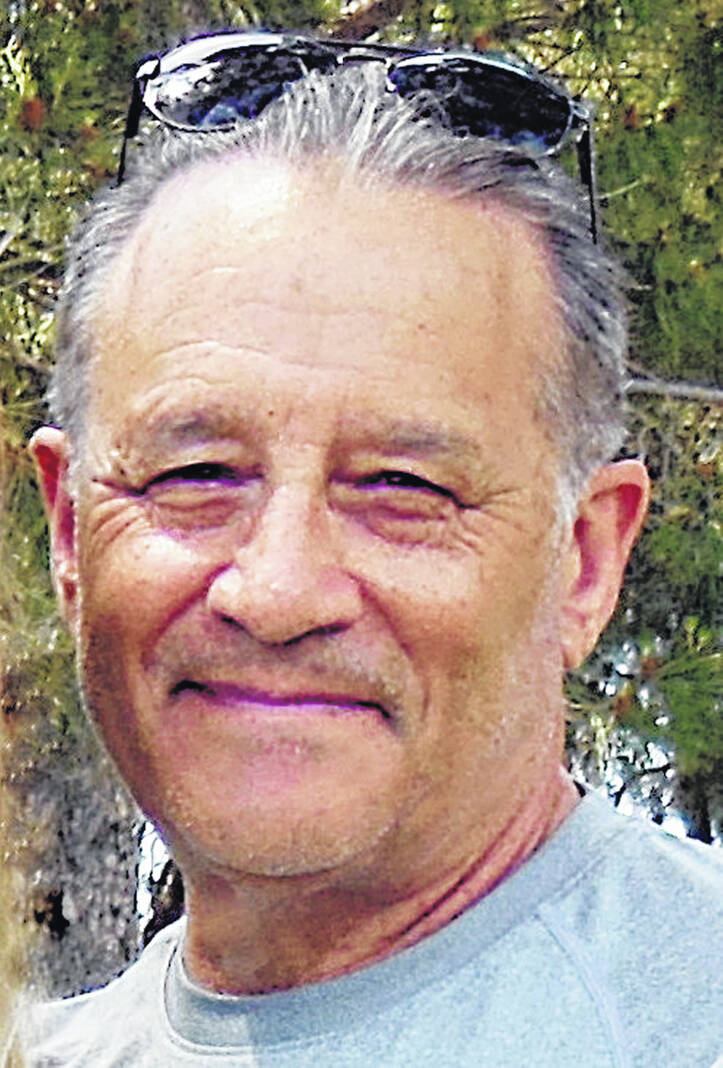
The COVID-19 pandemic plays inexorably on our psyche, on our souls. A new wave is upon us. Its infections, restrictions and morbidity are beyond exasperating. The pandemic has become an exercise in relentless, irksome annoyance, and I don’t know anyone who is not ready to be done with it, ready to just move on.
The problem is frustratingly easy to explain. The virus isn’t done with us. It’s human nature when overcoming extremely difficult experiences to just want to move on and not talk about it anymore. I think of my father and my wife’s father, both who were in World War II and who experienced dreadful things, and never seemed to want to talk about them until their own lives were coming to an end. The friends and relatives of those who have died and those who are still being stalked with the long-haul effects of COVID-19 can’t just “move on.” Not to carelessly put a point on it, but New York Yankee Yogi Berra once nailed it: “It ain’t over ‘til it’s over.”
The New York Times published a two-page map last week, front and back pages of the Sunday edition. It’s a map of the U.S. with one minuscule but deadly dot for every COVID-19 death in America. The result is a devastating graphical display of the death and “immeasurable grief” that this nation has endured.
The article’s subtitle read: “These are the mothers and fathers, sisters and brothers, daughters and sons” who have been left behind. “More Americans have died in the pandemic (so far) than in two decades of car crashes or on battlefields in all of the country’s wars combined, a death rate higher than almost any other wealthy nation.”
As time strides on, critical information and data about the pandemic are emerging. The Times, using data from various sources, shows that America’s seniors suffered disproportionately, as have African Americans and Hispanics. Furthermore, public health red flags that are manifest in data from major cities should be concerns for policymakers and public health officials. The data show that measured in deaths per 100,000, the death rate in urban areas has been exponentially higher for those whose incomes were less than $55,000 than for those whose incomes are above $150,000. (https://www.nytimes.com/interactive/2022/05/13/us/covid-deaths-us-one-million.html?searchResultPosition=3)
History has a clarifying effect on everything that passes through its pages. How we as individuals and as a nation have come to terms with the pandemic will ultimately pass through those pages and will be etched forever in the book of accounts. I often have said to my children and grandchildren that we as individuals are the product of the decisions we make in life, and those decisions help to define our character.
I can understand the fatiguing effects of a drawn out epidemic, the frustration, and the dreadful grief so many families have experienced. I can even understand the numbing effects. What I can’t understand is the dismissive insensitivity exhibited by some towards the pandemic and the incomprehensible resistance by many to the best scientific information available for how to protect ourselves, our families, our communities, and the emergent mechanisms for stalling the spread of the virus.
The COVID-19 pandemic is a generational event in human history, not unlike the Spanish flu in the early 20th century, which lasted for two years and infected about 500 million people around the world. The CDC estimates that it killed about 675,000 Americans. So far, COVID-19 has killed slightly over 1,000,000 people in America.
The grief and the emotional stress of the pandemic course through our society. The effects on our children are serious and troubling. Mental health concerns are unsettling, especially on our children. An article this week reported that 214,000 children have either lost a parent or a primary care giver to COVID-19, and that the loss of a parent significantly increases the risk of substance abuse, dropping out of school, depression and suicide.
It’s changed the workplace and educational environs for many. Fallout financial consequences have negatively affected some of the most vulnerable in our society.
Yogi had it right: “It ain’t over ‘til it’s over.”
Collectively, we have the power to put the brakes on the virus and arrest its ability to mutate if we face up to the advice of our nation’s specialists, our doctors and our caregivers. As the world shrinks, the possibility of other pandemics, other influenzas like the Spanish flu, ebola hemorrhagic fever or Monkeypox will very likely emerge and dealing effectively with these potential epidemics requires a societal trust in scientific and systematic regimens and treatments, not the cynical exploitation of false information or the repudiation of critical public health information.
Stories will be told of the COVID-19 pandemic. It’s important to be on the right side of the struggle, not just for the sake of history but for the health and well-being of friends, family and members of our valued communities.
Bill Sims is a Hillsboro resident, retired president of the Denver Council on Foreign Relations, an author and runs a small farm in Berrysville with his wife. He is a former educator, executive and foundation president.


